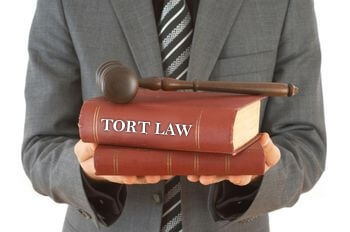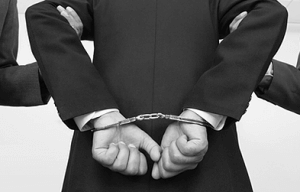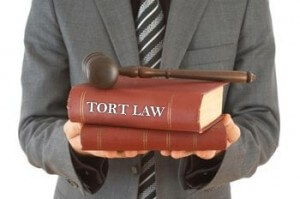Employers are said to be vicariously liable for torts committed by their employees in the course of their employment. Vicarious liability means that Read More…
Category: The Law Of Torts
MALICIOUS PROSECUTION
The purpose of litigation is for the society to have an amicable way of settling disputes and dealing with criminals. However, if there isn’t Read More…
STRICT LIABILITY: LIABILITY FOR ANIMALS
A lot of people have either heard of or personally experienced situations in which an animal attacks and injures a human being. These animals are often times the property of other members of the society. Since the animals are their property, the law of torts holds them Read More…
Strict Liability: the Rule in Rylands vs Fletcher
What is Strict Liability?
Strict liability occurs where the defendant in an action is responsible for damages that result from his act, whether he was negligent or not. Strict liability is divided into two Read More…
THE TORT OF NUISANCE

According to the Black’s Law Dictionary 9th Edition, Nuisance can be defined as:
A condition, activity, or situation (such as a loud noise or foul odor) that interferes with the use or enjoyment of property
Nuisance can be classified into private and Read More…
TRESPASS TO CHATTEL
What Is Trespass to Chattel
This is a direct and unlawful injury done to the chattel in possession of another person. It is actionable per se; proof of direct and unlawful application of force is enough, there is no need to prove damages. However, the direct application of force does not have to be physical. For example, the driving away of cattle is trespass to chattel. A chattel is every moveable property. This thus Read More…
TRESPASS TO LAND
What is Trespass to Land?
Trespass to land, called trespass “quare clausum fregit” means the interference with the possession of land without lawful justification. The phrase “quare clausum fregit” literally means “breaking the close” of the plaintiff’s land. It was held in the case of Onasanya vs Emmanuel that trespass to land is committed where the defendant, without lawful justification: Read More…
The Rule In Wilkinson vs Downton
This rule in Wilkinson vs Downtown (1897) 2 QB 57, is a very important one. The rule deals with the infliction of physical harm not by assault, battery or false imprisonment. In the particular case, the defendant, Read More…
THE DEFENCES TO FALSE IMPRISONMENT
Why are There Defences to False Imprisonment?
The tort of false imprisonment is one that is heavily frowned upon by the law. However the common maxim, “to every general rule there is an exception”, is also effective in the case of false imprisonment. It is due to this fact that Read More…
THE TORT OF FALSE IMPRISONMENT
What is False Imprisonment
False imprisonment occurs when a person is unlawfully restrained by arrest, confinement or prevention of movement from a particular place. It is an act of the defendant which intentionally or negligently confines the movement of the claimant to an area defined by the defendant. It should be noted that Read More…



